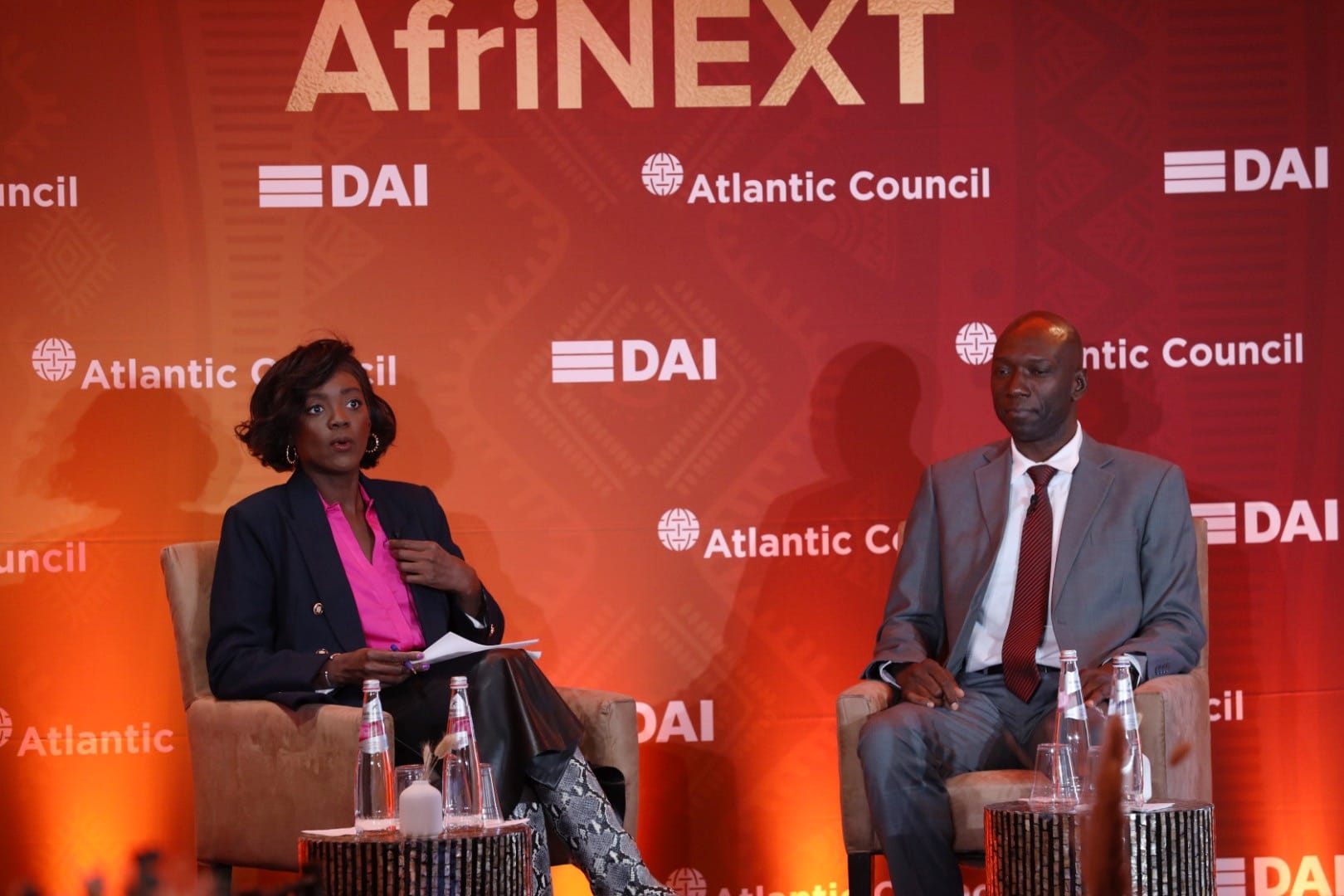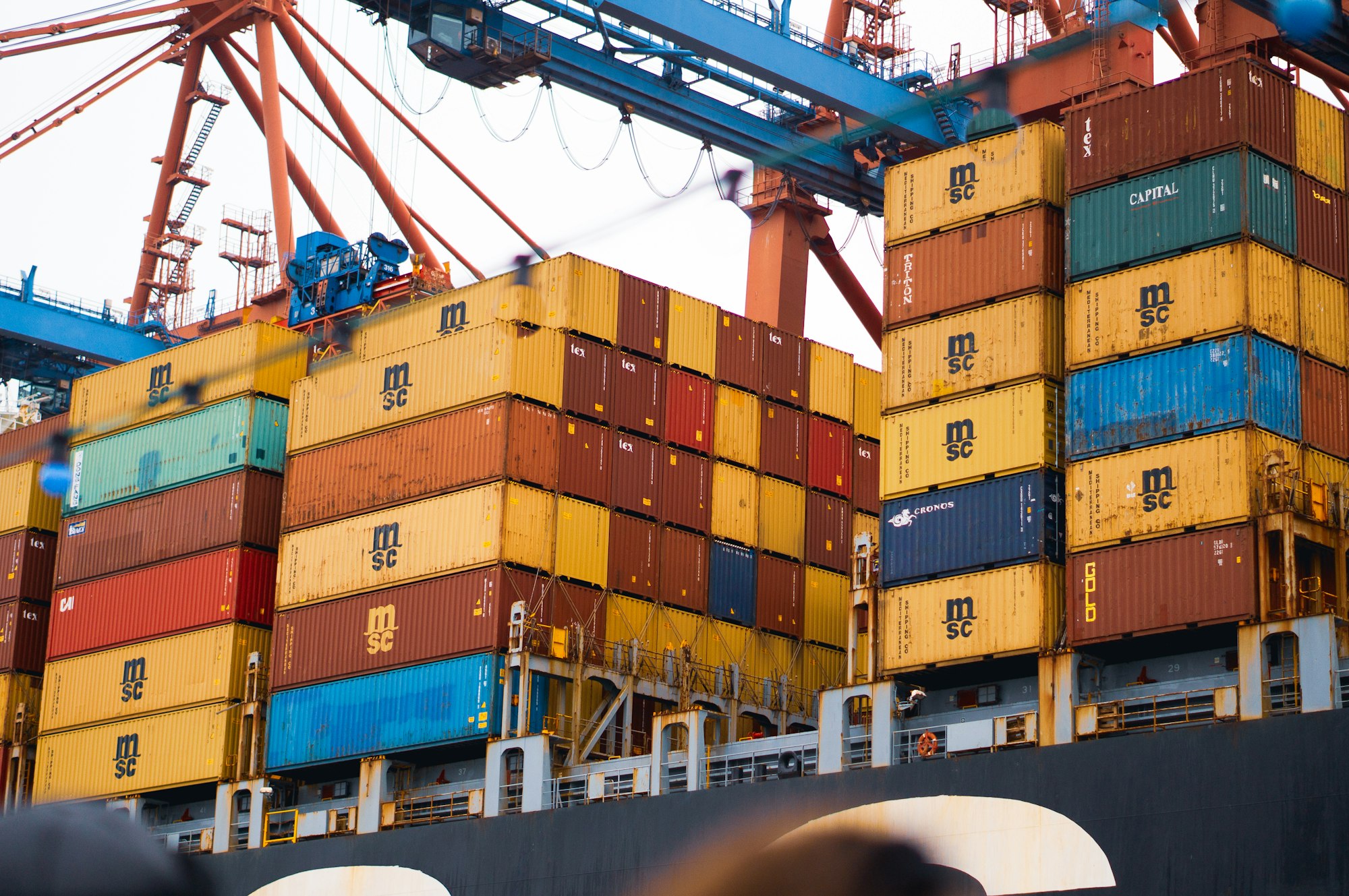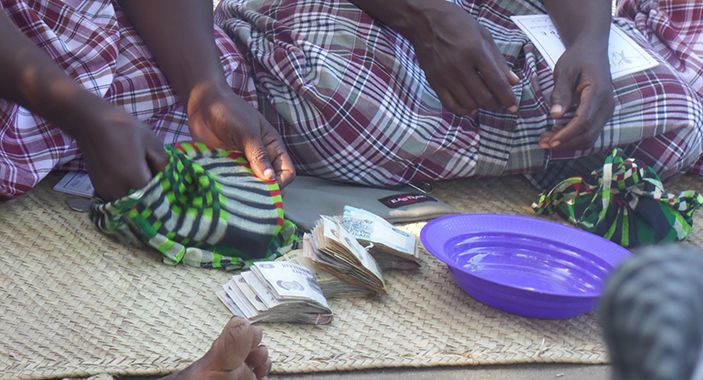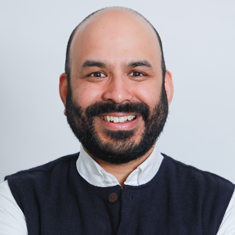DAI and THINKMD connected in 2016 through DAI’s Innovation into Action Challenge. Our strategic partnership will leverage DAI’s international development network to bring THINKMD’s digital health products to new markets, while THINKMD’s technology will enhance DAI’s global health toolkit. As part of this partnership, DAI led THINKMD’s latest financing round.
Founded in 2014, THINKMD soon introduced its first product, MEDSINC—a mobile health platform that enables non-healthcare professionals in marginalized locales lacking doctors, nurses, and clinics—to perform clinical assessment, triage, early treatment, and follow-up, especially on infants and young children. THINKMD’s second product, DATASINC, aggregates and analyzes public health and epidemiology data for a variety of uses.
THINKMD was co-founded by Barry Finette, a professor of pediatrics, microbiology, and molecular genetics at the University of Vermont College of Medicine and Vermont Children’s Hospital. Finette’s expertise is in clinical and transitional research, and he is a clinical attending physician in general, emergency, critical, and acute care medicine. He has participated in numerous medical research projects and relief missions in countries worldwide.
Developments recently asked Finette, pictured below in the Philippines, about the prospects for MEDSINC.

Photo: THINKMD.
What sparked the idea for the MEDSINC platform?
For nearly 30 years, I have had the privilege to serve as a pediatrician for families around the world. The most difficult experience has been seeing children dying from treatable diseases such as pneumonia, dehydration secondary to diarrhea, and infections. The main reason for these preventable deaths is the vast shortage of healthcare professionals and limited healthcare delivery infrastructure.
In these locales, the best solution is to devise a way to transfer medical knowledge and basic but important skills to non-healthcare professionals.
“My idea was to merge evidenced-based medicine for the clinical assessment, triage, and treatment of children with the power of mobile technology—then put it into the hands of minimally skilled frontline healthcare workers, thereby expanding healthcare capacity directly in the communities where the humanitarian need was greatest.”—Barry Finette
What sicknesses or medical situations are most common in these locales that can be addressed remotely?
In many low- and middle-income countries, perinatal and under-5 mortality is very high. MEDSINC evaluates these children using the same parameters that I would as a pediatrician—severity of respiratory distress, dehydration, malnutrition, and risk of infection. It also screens for common illnesses based on local epidemiology and prevalence through configuring the platform—these illnesses typically include malaria, meningitis, anemia, skin infections, urinary tract infections, ear infections, measles, and dysentery. Considering just these illnesses, expanded access to mobile-enabled triage and treatment recommendations could prevent, based on our current modeling, 300 child deaths per 1,000 MEDSINC users.
In addition to people suffering and perhaps dying unnecessarily, what are the consequences of untreated ailments to local communities?
The consequences are significant. High infant and childhood mortality damages every aspect of families’ lives. In communities, prevalent childhood illness devastates both emotionally and economically. Family members’ ability to work is undermined when they must care for a child or travel hours or days to try to see a doctor. These families are generally larger than those in countries with lower childhood mortality, and the ability to earn income is imperative. Direct and indirect costs to communities are compounded at regional and country levels. Through the implementation of MEDSINC, our models suggest that $19.4 million in productivity gains could be seen per 1,000 MEDSINC users by decreasing morbidity and mortality.
There appears to be a great need for better local healthcare in many corners of the globe, but is there a calculated market demand for MEDSINC?
Absolutely. The social impact opportunity is immense, but the market opportunity is just as great.
Our current and projected technology offerings are configurable to many contexts to solve problems for customers in many sectors—including point-of-care assessment and treatment, humanitarian and emergency response and assistance, health system capacity building, and disease and outbreak surveillance. MEDSINC can fill needs that enable healthcare system efficiency and sustainability without sacrificing quality. We have tested MEDSINC with internationally recognized global health leaders on four continents and developed strategic and commercial partnerships with leading global healthcare groups and organizations.
What were the most important requirements MEDSINC had to meet?
We studied, observed, and listened first to the beneficiaries—to understand their needs and design a scalable, efficient, mobile platform solution. The main design principle was simplicity over complexity in filtering out the noise and focusing on what mattered. The platform had to have a simple and intuitive user interface and it had to function on/offline, on any web-enabled device. Furthermore, we wanted the platform to act as a continuous learning and training tool for the user. Finally, the tool needed to connect the user to the broader health system as a knowledge acquisition network—facilitating data acquisition and storage, capturing real-time and geo-located health data, and enabling communication between users and healthcare professionals.

Photo: THINKMD.
Where has MEDSINC been used so far, and how has that gone?
We have performed validation and usability-accessibility testing in four continents and across a range of settings, from hospitals in the United States to rural communities in Burkina Faso and urban slums in Bangladesh. Our testings have shown that with minimal training, clinical assessments performed by frontline health workers using MEDSINC correlate from 80 percent to greater than 95 percent compared with physicians’ assessments. In July, MEDSINC was implemented with our initial adopter, Save the Children International in Dhaka, Bangladesh.
What have you learned from this experience that you have fed back into the product?
We’ve always been ready to question the way things are and we have been willing to push boundaries and disrupt where appropriate. We see every validation testing, implementation, etc., as an opportunity to learn and improve upon the platform. We rigorously collect and assess user feedback—continuously iterating and ensuring a product-market fit.
What is DATASINC?
DATASINC is our data repository and analytics tool based on the data that MEDSINC generates through patient interactions. DATASINC translates aggregated MEDSINC data into informative dashboards and reports. This data and analysis offer actionable insights that organizations, governments, or companies can use to make strategic decisions regarding the health of their populations.

Photo: THINKMD.
What will be the effect of rolling out MEDSINC and DATASINC in resource-poor countries?
The knowledge and data we accumulate via DATASINC leads to new ideas and solutions. Developing a valuable data repository elevates healthcare knowledge, which expands capacity and delivery. Digital health platforms such as MEDSINC connect the existing health workforce in these countries with established, evidence-based medicine. By empowering these local health workers to deliver basic health services, we build up a country’s existing health infrastructure.
WHO-UNICEF estimates that 3 million children aged 5 and under die each year from illnesses that could have been prevented with appropriate clinical assessments and early therapeutic intervention. If left unresolved, the lack of basic healthcare in resource-poor countries alone will lead to 50 million preventable childhood deaths by 2030.
What is the business model for THINKMD and MEDSINC?
At its core, THINKMD is a healthcare innovation company. We are initially focused on providing software and data analytics solutions to a wide range of users. The first products we offer are MEDSINC and DATASINC. We recently launched our first commercial implementation of these platforms with Save the Children in Bangladesh. We have a pipeline of partners interested in adopting these products, and as we move our technology out further we’ll grow both MEDSINC and DATASINC revenues. Through growth in users, we’ll generate a profit margin that enables the venture to sustain itself and support internal operations, while continuing to innovate and deliver on our product roadmap of innovations.

Photo: THINKMD.
What are you finding to be the main hurdles to implementing MEDSINC in developing and conflict-affected countries?
The main hurdle we face is acceptance of our new technology, coupled with a slow adoption cycle among government and nongovernmental organizations. The process of confirming interest and getting adoption and contracts is traditionally quite slow for those types of entities and is something we must constantly navigate as a small and young company. That said, our persistence is starting to pay off and we are beginning to see partners adopt our products based on their acute need for our solutions and the fact that we’ve done the appropriate testing and validation to prove that our products work and are user friendly. Our partnerships with groups like Save the Children, UNICEF, and DAI are each force multipliers in our pursuit of product adoption and scale.
What if anything has come so far from your partnership with DAI? Insights? New ideas for application?
The collaboration between our teams has already yielded a lot of critical opportunities. Obviously, THINKMD neatly fits within DAI’s Global Health program, especially with DAI’s expertise and focus on tech-enabled healthcare data and analytics. We are engaged on a pipeline of potential projects and look forward to being on the ground implementing with DAI’s health-focused projects soon. In addition to health, we’ve been thrilled to see interest from other DAI programs, in arenas such as water, sanitation, and hygiene (WASH), governance, and countering violent extremism. Notwithstanding the healthcare focus of our software, the basic clinical and data-gathering solution we provide can add significant direct value to a number of different types of projects.




